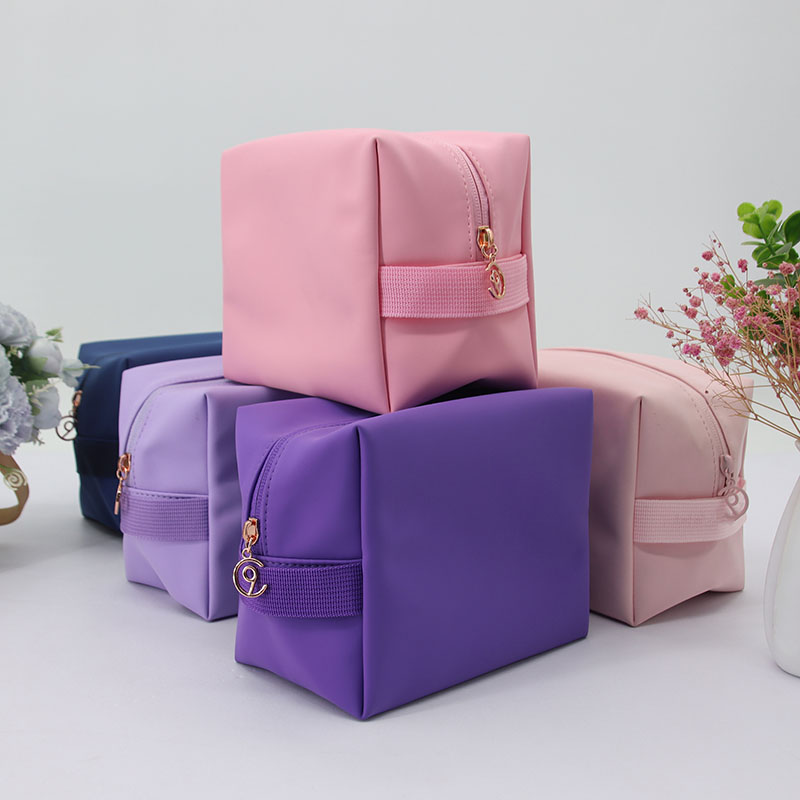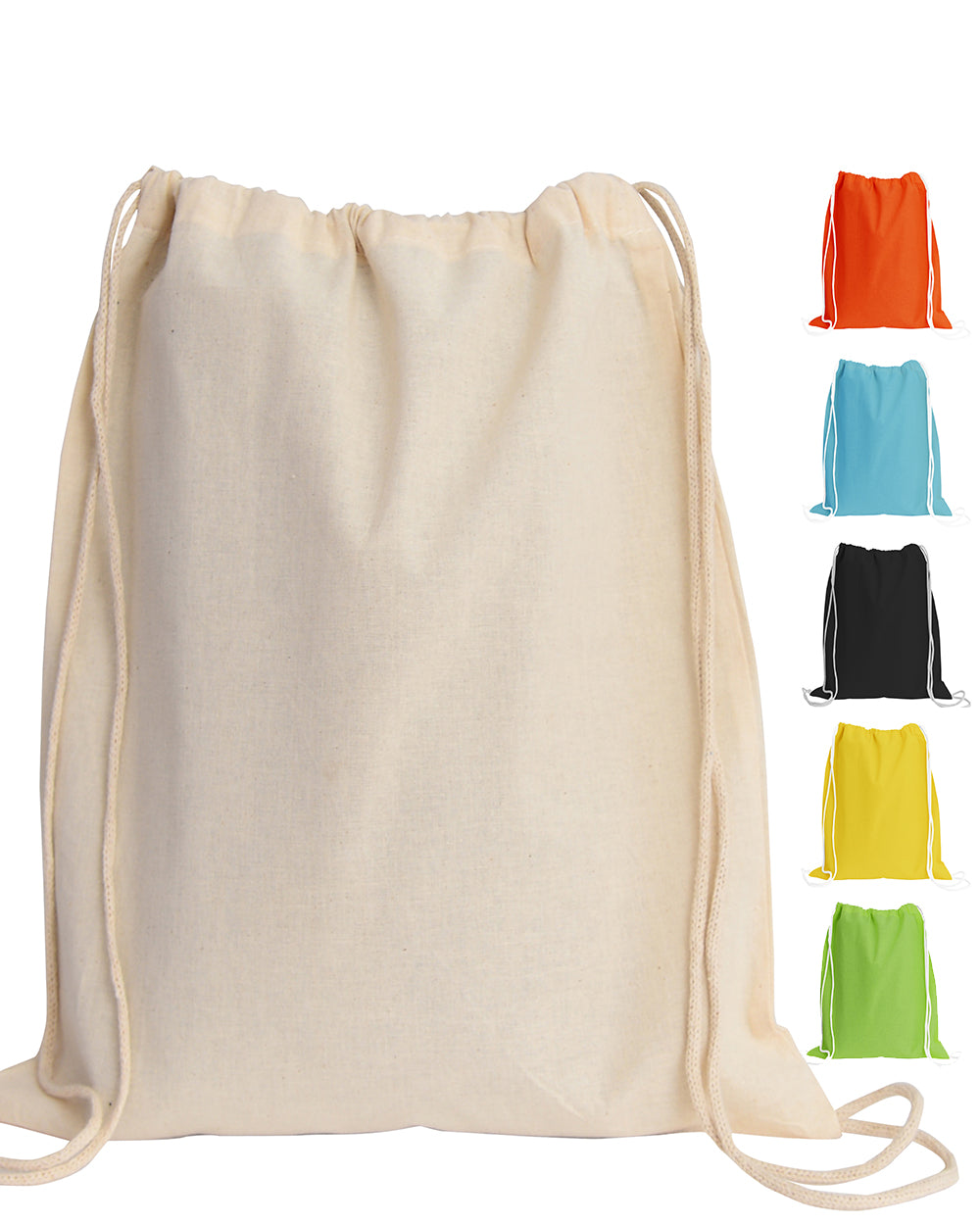Designing captivating leather goods involves deep market research, material mastery, and a balance of timeless aesthetics with practical functionality.
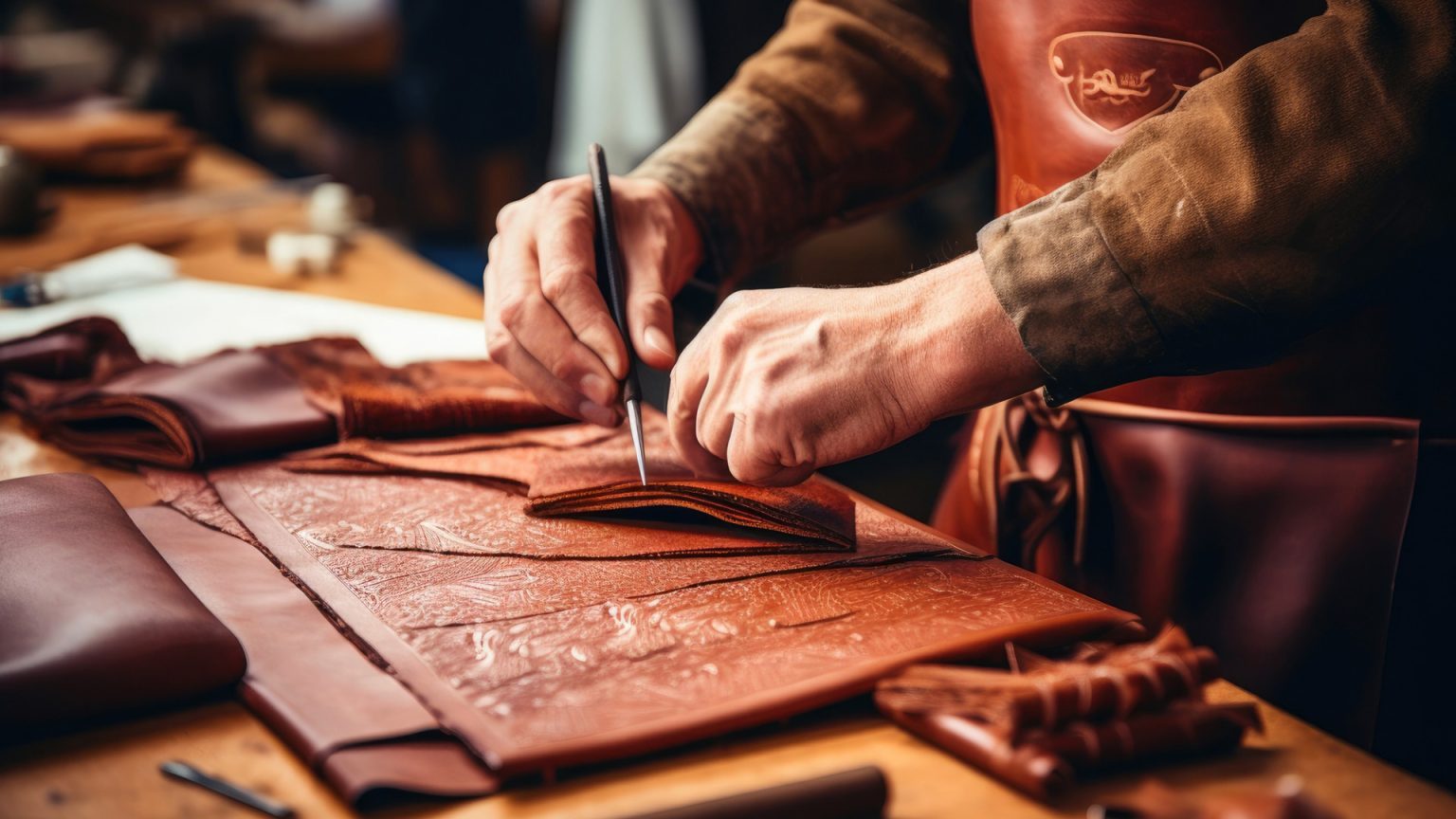
Table of Contents
- Foundational Step: Deeply Understanding Your Audience
- The Creative Spark: From Idea to Concept
- Material Mastery: Selecting the Soul of Your Product
- The Blueprint for Success: Balancing Functionality and Form
- Craftsmanship and Storytelling: The Details That Build Desire
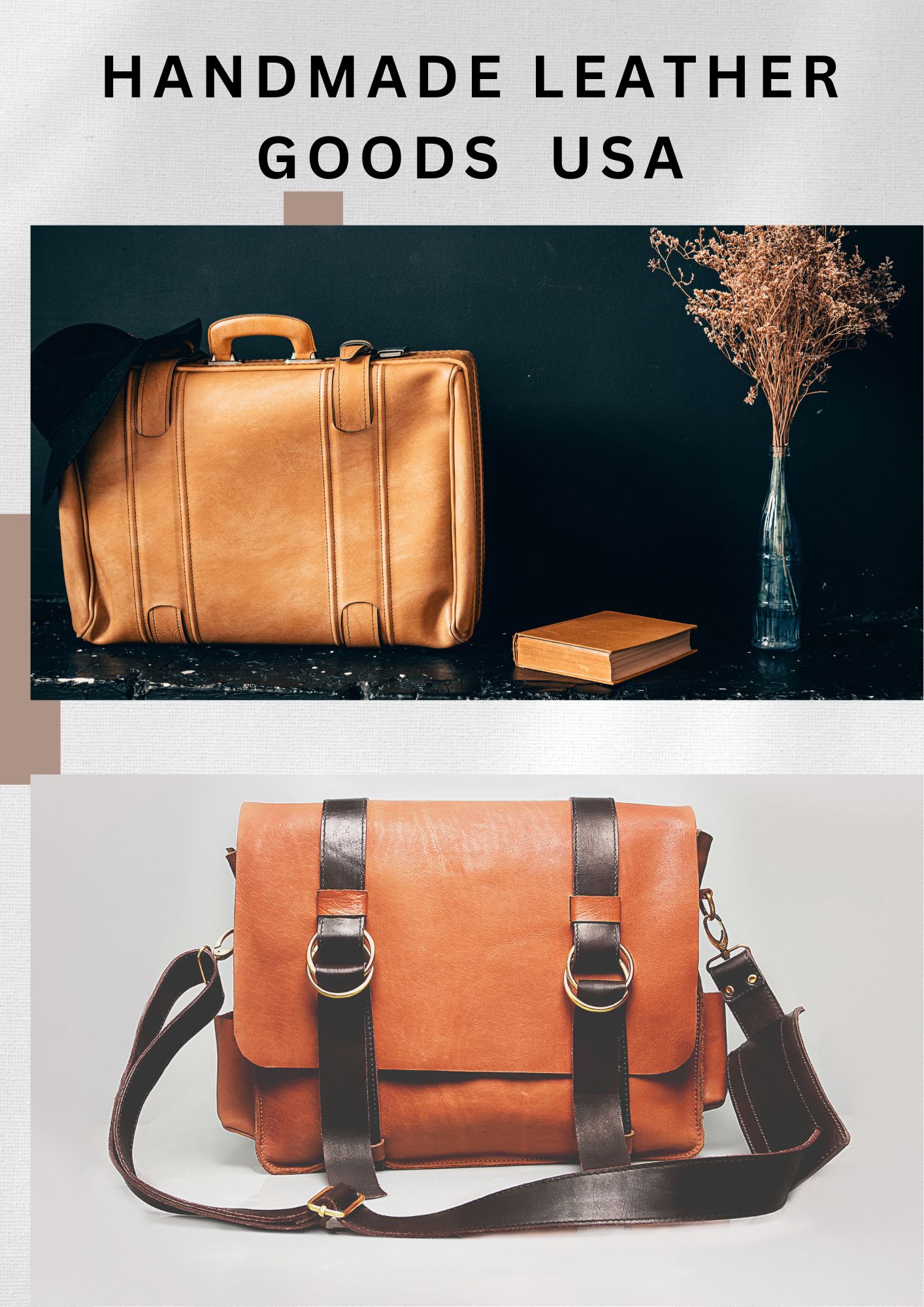
How to Design Leather Goods Ideas That Captivate Your Target Market?
Foundational Step: Deeply Understanding Your Audience
Before a single piece of leather is cut, the most critical work begins with a question: Who are you designing for? Creating a product that resonates deeply and commands loyalty requires a precise understanding of your target market. This goes beyond basic demographics; it involves delving into their lifestyle, values, needs, and aspirations. A successful design isn’t just beautiful; it’s a solution that seamlessly integrates into the user’s life.
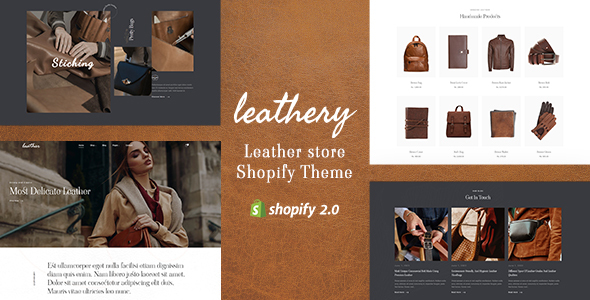
Defining Your Ideal Customer Persona
A customer persona is a detailed, semi-fictional profile of your ideal buyer. This exercise transforms a vague “target market” into a concrete individual you can design for. Give them a name, an occupation, hobbies, and daily challenges. What does their commute look like? What technology do they carry? Are they a minimalist who values clean lines or someone who needs a pocket for every item?
Consider these points when building your persona:
- Daily Routine: How would your leather bag or wallet fit into their day, from the morning coffee run to an evening out?
- Pain Points: What frustrates them about their current accessories? Is their bag too heavy? Does their wallet lack a secure coin pouch?
- Aesthetic Preferences: What other brands do they admire? Are they drawn to rugged, vintage styles or sleek, modern aesthetics?
- Values: Do they prioritize sustainability, American-made products, or purely luxurious materials?
By creating a detailed persona, every design decision, from the number of compartments in a tote to the type of clasp on a briefcase, becomes purposeful and user-centric.
Analyzing Market Trends and Identifying Gaps
While your design should be timeless, awareness of current market dynamics is essential. This isn’t about chasing fleeting fads but about understanding the broader shifts in consumer behavior. Are people moving towards smaller, crossbody bags as they carry less? Is there a growing demand for tech-integrated accessories, like wallets with RFID-blocking technology or bags with dedicated laptop sleeves?
Analyze competitors to see what they do well and, more importantly, where they fall short. Perhaps the market is saturated with unstructured totes, but there’s a gap for a structured, professional bag that doesn’t sacrifice style. Identifying these unmet needs is where true innovation happens. Your unique design should be the answer to a question the market is implicitly asking.
The Creative Spark: From Idea to Concept
With a clear picture of your audience, the creative process can begin. This phase is about translating market insights and user needs into a tangible visual direction. It’s where abstract ideas start to take shape through inspiration gathering, visual curation, and the foundational act of sketching. A strong concept acts as a north star for the entire development process.
Sourcing Inspiration for Timeless Designs
Lasting designs often draw inspiration from sources beyond the immediate world of fashion. Look towards architecture for structural ideas, vintage luggage for classic hardware concepts, or even nature for organic shapes and textures. The goal is to create something that feels both fresh and familiar.
Great sources of inspiration include:
- Historical Archives: Study military bags, classic mail satchels, or doctor’s bags for their proven functionality and enduring appeal.
- Architecture: The clean lines of modernist buildings or the intricate details of art deco design can inform the structure and ornamentation of a product.
- Automotive Design: The stitching on a classic car’s leather seats or the ergonomic design of a dashboard can spark ideas for detailing and user interaction.
- Art & Sculpture: Observe how different forms and textures create emotional responses.
The Power of Mood Boards and Sketching
A mood board is a visual collage that establishes the look and feel of your product. It should include textures, color palettes, hardware examples, typography, and lifestyle imagery that reflects your customer persona. This tool ensures that every element of the design is cohesive and aligned with the core concept.
Sketching is the most direct way to translate these ideas into form. Don’t worry about perfection; the initial goal is to explore silhouettes, proportions, and feature placements. How does the strap attach to the body of the bag? Where is the most intuitive place for a phone pocket? Sketching multiple variations allows you to identify the strongest and most practical solutions before committing to more resource-intensive stages.
Material Mastery: Selecting the Soul of Your Product
In leather goods, the material is not just a component; it is the essence of the product. The type of leather, the quality of the hardware, and the choice of thread all contribute to the final product’s look, feel, durability, and character. A thoughtful selection of materials is what separates an ordinary item from a cherished heirloom.
What You Need to Know About Leather Types and Grades
Understanding the different grades of leather is fundamental. The choice directly impacts the product’s longevity and how it ages over time. Companies dedicated to quality, like Beldtura Leather, often build their reputation on using premium materials that stand the test of time.
Here’s a breakdown of common leather types:
| Leather Type | Description | Key Characteristics |
|---|---|---|
| Full-Grain | The highest quality grade. It comes from the top layer of the hide and includes all the natural grain. | Extremely durable, develops a beautiful patina over time, shows natural imperfections. |
| Top-Grain | The second-highest grade. The surface is sanded and a finish coat is applied to remove imperfections. | More uniform appearance, good durability, less breathable than full-grain. |
| Genuine Leather | Made from the layers of the hide that remain after the top is split off. The surface is often altered. | Lower quality and durability, does not age as well, more affordable. |
| Bonded Leather | Composed of leftover scraps of leather that are shredded and bonded together with polyurethane. | Lowest quality, lacks the smell and feel of real leather, not durable. |
For products designed to captivate a discerning market, choosing full-grain leather is often the best path. Its ability to develop a rich patina—a unique sheen and character that evolves with use—tells a story and forms a personal connection with the owner.
Choosing Complementary Hardware and Finishes
Hardware—buckles, zippers, snaps, and rivets—is the jewelry of your leather good. It should be both beautiful and robust. Solid brass or stainless steel hardware offers superior durability and a premium feel compared to cheaper plated metals that can chip or tarnish. The finish of the hardware (e.g., polished nickel, antique brass, matte black) should complement the leather and the overall aesthetic of the design.
Consider the sound and feel of the hardware as well. A high-quality zipper glides smoothly, and a solid clasp clicks shut with satisfying assurance. These sensory details significantly contribute to the user’s perception of quality.
The Blueprint for Success: Balancing Functionality and Form
A truly captivating design achieves a perfect equilibrium between aesthetics and utility. A bag can be stunning to look at, but if it’s uncomfortable to carry or fails to organize its contents effectively, it has failed in its primary purpose. This stage is about refining the design to ensure it performs as beautifully as it looks.
Prioritizing Usability and Everyday Ergonomics
Think critically about how the product will be used in real-world scenarios. Ergonomics—the science of designing for efficiency and comfort—is paramount. For a backpack, this means designing padded straps that distribute weight evenly. For a wallet, it means ensuring card slots are snug enough to be secure but not so tight that they are difficult to use.
Key questions to ask include:
- Weight and Balance: How does the item feel when empty versus when full? Is the weight distributed properly?
- Accessibility: Can the user easily access essential items like a phone or keys without hassle?
- Comfort: Are the straps wide enough? Are the handles comfortable to hold for an extended period?
Prototyping: From a 2D Sketch to a 3D Reality
Prototyping is the non-negotiable step of turning your design into a physical object. No amount of sketching can fully predict how a design will translate into three dimensions. The first prototype, often made from less expensive materials, is used to test the pattern, proportions, and basic functionality.
This is where you discover what works and what doesn’t. Perhaps a pocket is too shallow, or a seam creates an awkward bulge. Each prototype allows for refinement. This iterative process of building, testing, and adjusting is crucial for perfecting the design. It’s far more cost-effective to identify flaws at this stage than after a full production run has been initiated.
Craftsmanship and Storytelling: The Details That Build Desire
The final elements that elevate a well-designed product into a captivating one are the quality of its construction and the story it tells. These are the intangible qualities that create an emotional connection with the customer, fostering brand loyalty and turning a simple purchase into a meaningful investment.
How Construction Quality Builds Brand Trust
Impeccable craftsmanship is a silent promise of quality to your customer. The details of construction—the precision of the stitching, the finishing of the edges, and the reinforcement of stress points—all communicate the care and expertise invested in the product. Clean, consistent stitch lines from high-quality thread not only look professional but also ensure structural integrity.
Edge finishing, whether it’s painted, burnished, or turned, protects the leather and provides a refined appearance. Reinforcing areas like strap attachments and corners with extra stitches or rivets demonstrates foresight and a commitment to longevity. When a customer feels this level of quality, they trust the brand and feel confident in their purchase, knowing they have an item built to last, much like the enduring pieces created by artisans at Beldtura Leather.
Weaving a Narrative into Your Design
Every product has a story. What was the inspiration behind it? What problem does it solve? Why were specific materials chosen? This narrative provides context and depth, transforming the item from a mere object into a piece with a purpose. Your design should visually communicate this story.
For example, a briefcase inspired by vintage aviator gear might feature rugged leather and solid brass hardware, telling a story of adventure and durability. A minimalist clutch, on the other hand, tells a story of modern elegance and intentional simplicity. This narrative can be shared through marketing, product descriptions, and even subtle design details. When customers buy into the story, they aren’t just buying a leather good; they are buying a piece of an identity.

